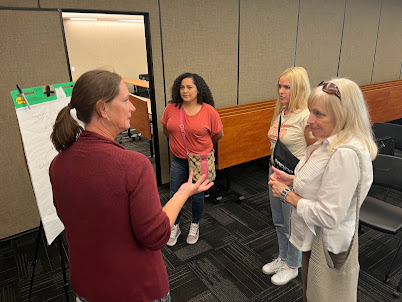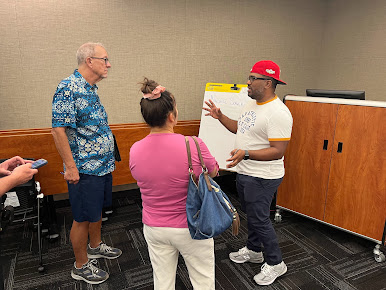 |
| Did mental health reports increase during COVID? |
Tarah Hodgkinson
We talk about liveability in SafeGrowth a lot. A liveable community is a healthy one. And that includes mental health.
The COVID-19 pandemic had a significant impact on the mental health of our communities and how we live our lives. While we saw an international decline in most crime types during the initial stages of social restrictions (starting in March 2020), we know less about how these restrictions impacted police-reported mental health.
There are countless articles and reports raising concerns about the short and long-term impacts on mental health as a result of COVID-19 social restrictions. Most claim that mental health deteriorated across the board, but impacts were particularly acute for disabled, marginalized groups, and women.
LESSONS FROM CANADA
Furthermore, from Nova Scotia on one coast to British Columbia on the other, there have been calls for increases in Canadian police personnel to respond to the increasing demand for mental health services. In a recent study we published in the Canadian Journal of Criminology and Criminal Justice, we sought to determine if the concerns about mental health were warranted in the Canadian context and if calls for additional resources were necessary.
 |
| The pandemic affected everyone - A new Canadian study examines mental health impacts |
We were able to examine 13 jurisdictions in Canada using a Statistics Canada special survey of police-reported mental health-related incidents. Surprisingly, we didn’t find major increases.
Rather, police-reported mental health-related incidents were generally stable. More specifically, we found that suicide attempts and incidents generally declined. Apprehensions under the Mental Health Act (a danger to themselves or others), were generally stable with significant increases in only 4 out of 13 jurisdictions. Other mental health-related calls were also generally stable with only 3 jurisdictions seeing a significant increase.
Counter to widespread concern about the impact of social restrictions, the police-reported mental health-related data shows an unexpected resilience in Canada. When you explore the psychological literature on mental health, this finding is consistent across other contexts.
WHAT DOES THIS MEAN?
First, it means we may be more resilient than we actually thought. Second, it means that calls for increasing mental health resources to police may be unwarranted.
This is an important point because police are usually not the best equipped to deal with mental health-related incidents. Indeed, because of the de-institutionalization of mental health facilities and cuts to social resources and preventative measures, police have become the only responder left. This isn’t fair. Mental health is not a crime! Police should not be the ones to respond.
 |
| Mental health is not a police issue. The mentally ill deserve treatment, not prison. |
Keep in mind that even though mental health-related incidents are stable, we still have a lot of work to do. And that work shouldn’t be reactive and enforcement-based. Rather, we need to demand our governments invest in evidence-based solutions like basic income, housing, social services, and wrap-around supports.
These solutions need better funding and neighbourhood-level support to ensure they are appropriate and reach those who need it most. Neighborhood-level capacity-building is precisely what occurs within SafeGrowth programming. We believe this is how we rebuild the kinds of 21st-century neighbourhoods that will help us stay resilient and healthy.









